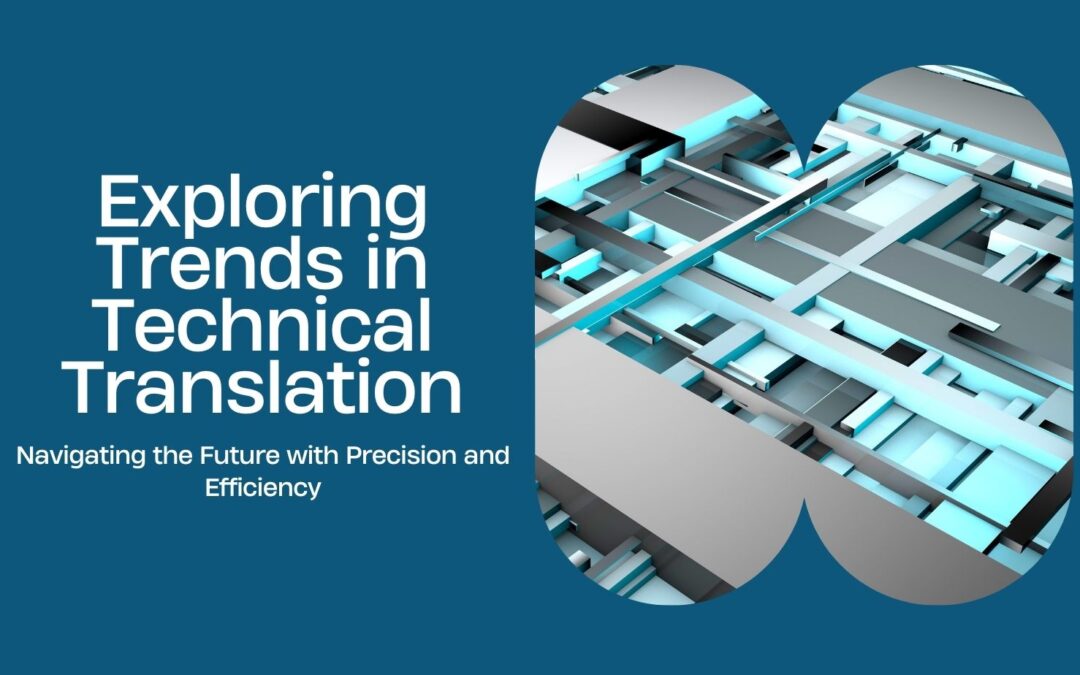Technical translation is undergoing a transformation propelled by technological advancements and evolving industry demands. As we move into the future, several trends are reshaping how we approach and execute technical translations. Let’s take a look at these trends that are contributing to the precision and efficiency of technical language services.
Machine Translation and Artificial Intelligence
In recent years, machine translation (MT) and artificial intelligence (AI) have emerged as pivotal players in the field of technical translation. Neural machine translation, in particular, has shown remarkable improvements, allowing for faster and more accurate translations. Integration of AI technologies not only accelerates the translation process but also aids in terminology consistency and contextual understanding.
Continuous Localization
The traditional model of waiting until the end of the development cycle to begin the translation process is evolving. Continuous localization is gaining traction, with translations being carried out simultaneously with the development of technical content. This agile approach ensures that multilingual versions are available concurrently with the release of the original content, reducing time-to-market and enhancing global accessibility.
Focus on Terminology Management
Maintaining consistency in terminology is of utmost importance in technical translations. The use of robust terminology management systems and tools ensures that specific terms are translated consistently across documents. This not only enhances the quality of translations but also contributes to a unified and professional image for businesses operating on a global scale.
Human-Machine Collaboration
The rise of technology does not diminish the importance of human expertise in technical translation. Instead, there is a growing trend towards collaboration between human translators and machine translation tools. Human translators leverage the strengths of AI to enhance efficiency, while also providing the critical context and nuanced understanding that machines may lack.
Multimodal Content Translation
Technical content is no longer confined to text alone. With the increasing prevalence of multimedia elements in technical documentation, the translation industry is adapting to handle multimodal content. This includes translating images, graphics, videos, and interactive elements to ensure a comprehensive and culturally relevant user experience.
Quality Assurance and Post-Editing
Ensuring the highest quality in technical translations remains a priority. Quality assurance processes, including thorough proofreading and editing, are integral to delivering accurate and polished translations. Post-editing of machine-generated translations by human experts is becoming more common to refine the output and ensure linguistic and technical correctness.
Global Content Accessibility
The demand for global accessibility is driving the need for translations that go beyond linguistic accuracy. Cultural nuances, regional preferences, and local regulatory compliance are key considerations in creating content that resonates with diverse audiences worldwide.
The trends in technical translation reflect an exciting convergence of human expertise and technological innovation. Embracing these trends empowers businesses to navigate the complexities of global communication, ensuring that technical content is not only translated accurately but is also culturally relevant and accessible across borders. As we move forward, staying abreast of these trends will be essential for professionals and businesses seeking to excel in the evolving landscape of technical translation.


